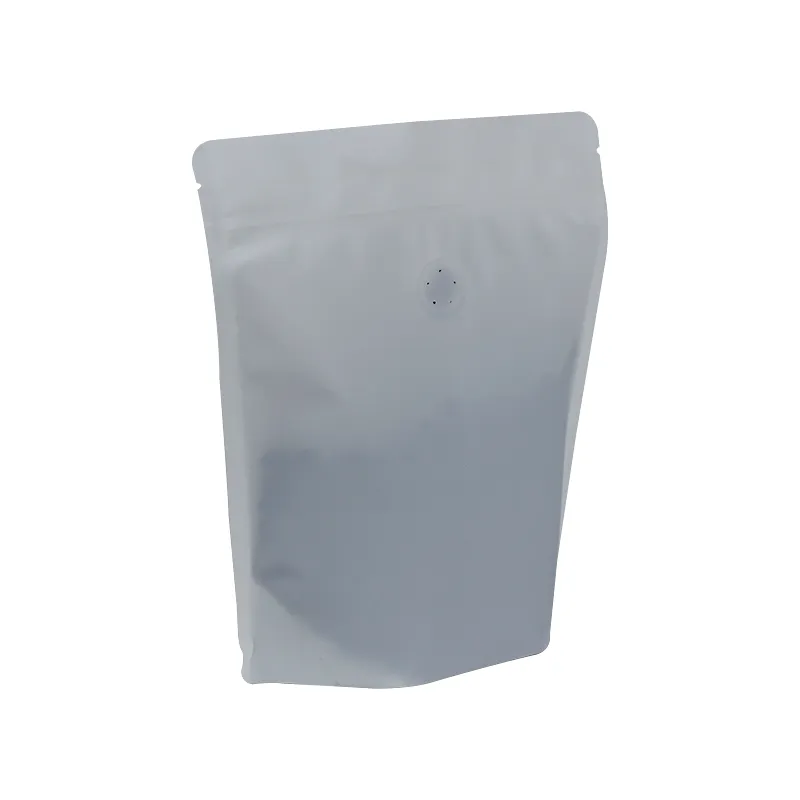- Afrikaans
- Albanian
- Amharic
- Arabic
- Armenian
- Azerbaijani
- Basque
- Belarusian
- Bengali
- Bosnian
- Bulgarian
- Catalan
- Cebuano
- chinese_simplified
- chinese_traditional
- Corsican
- Croatian
- Czech
- Danish
- Dutch
- English
- Esperanto
- Estonian
- Finnish
- French
- Frisian
- Galician
- Georgian
- German
- Greek
- Gujarati
- haitian_creole
- hausa
- hawaiian
- Hebrew
- Hindi
- Miao
- Hungarian
- Icelandic
- igbo
- Indonesian
- irish
- Italian
- Japanese
- Javanese
- Kannada
- kazakh
- Khmer
- Rwandese
- Korean
- Kurdish
- Kyrgyz
- Lao
- Latin
- Latvian
- Lithuanian
- Luxembourgish
- Macedonian
- Malgashi
- Malay
- Malayalam
- Maltese
- Maori
- Marathi
- Mongolian
- Myanmar
- Nepali
- Norwegian
- Norwegian
- Occitan
- Pashto
- Persian
- Polish
- Portuguese
- Punjabi
- Romanian
- Russian
- Samoan
- scottish-gaelic
- Serbian
- Sesotho
- Shona
- Sindhi
- Sinhala
- Slovak
- Slovenian
- Somali
- Spanish
- Sundanese
- Swahili
- Swedish
- Tagalog
- Tajik
- Tamil
- Tatar
- Telugu
- Thai
- Turkish
- Turkmen
- Ukrainian
- Urdu
- Uighur
- Uzbek
- Vietnamese
- Welsh
- Bantu
- Yiddish
- Yoruba
- Zulu
gold foil stamp
The Legacy of Gold Foil Stamping An Elegant Touch in Modern Design
Gold foil stamping, a luxurious print technique that has captivated artists and designers for centuries, has become increasingly popular in the realms of branding, packaging, and stationery design. This process involves applying a thin layer of metallic gold foil onto a substrate, usually paper or cardstock, using heat and pressure. The result is an eye-catching sheen that conveys quality, sophistication, and elegance. But how did this exquisite technique evolve, and what makes it so desirable in today's design landscape?
A Brief History
The roots of gold foil stamping can be traced back to ancient Egypt, where artisans used gold leaf to embellish textiles, manuscripts, and even tombs. This practice signified wealth and power, reserved for the elite. As centuries passed, gold leaf remained a symbol of prestige, finding its way into illuminated manuscripts during the Middle Ages and later into fine art.
By the late 19th century, technological advancements paved the way for modern foil stamping. The invention of the platen press allowed for more efficient and precise application of foil, making it more accessible to a broader range of designers and businesses. The technique gained momentum in the printing industry, especially for luxury items, greeting cards, and high-end packaging.
The Process of Gold Foil Stamping
The process of gold foil stamping involves several key steps. First, a design is created, typically involving custom typography, logos, or intricate graphics. Next, a metal die is manufactured with the design's impression. This die is then heated and placed against the foil and substrate under intense pressure. The heat causes the adhesive layer on the foil to activate, allowing it to transfer onto the substrate in the shape of the design. The result is a glimmering, dimensional finish that adds depth and allure to the printed piece.
When combined with various print methods, such as letterpress or offset printing, gold foil stamping can achieve remarkable effects. Designers often use it to highlight specific elements within a design, creating a focal point that draws the viewer's eye.
The Appeal of Gold Foil Stamping
gold foil stamp

In an age where digital communication predominates, the tactile nature of printed materials has gained renewed appreciation. Gold foil stamping offers a sensory experience that digital platforms cannot replicate. The shimmering effect and the distinct metallic texture create an immediate sense of luxury, making it an ideal choice for invitations, business cards, and branding materials.
Moreover, gold foil can complement a wide range of design styles, from minimalist to ornate. It elevates the overall aesthetic and communicates a brand's commitment to quality. In marketing, gold foil stamping is often associated with exclusivity, making it an effective tool for premium products and services.
There is also a psychological aspect to its allure. Gold, as a color, evokes feelings of wealth, success, and celebration. When incorporated into designs, it can enhance consumer perception, making products more appealing and desirable.
Applications in Modern Design
Today, gold foil stamping spans various industries, from wedding invitations and corporate branding to cosmetics and gourmet food packaging. It has become synonymous with luxury, leading brands to use it strategically to stand out in competitive marketplaces.
For instance, a high-end skincare line might incorporate gold foil on their packaging to convey an aura of opulence. Similarly, wedding invitations adorned with gold foil reflect the importance and celebration of the occasion, inviting guests to partake in something truly special.
As trends evolve, so do the applications of gold foil stamping. Digital printing technologies and innovations in materials continue to expand its possibilities, allowing designers to experiment with colors beyond traditional gold and explore combinations with other finishes like embossing, debossing, and spot UV.
Conclusion
Gold foil stamping serves as a timeless reminder of the intersection between art and commerce. Its ability to enhance the aesthetic appeal of printed materials and convey a sense of luxury ensures its continued relevance in the design world. As we move further into a digital age, the allure of tactile, elegant finishes like gold foil will remain a cherished aspect of creating meaningful connections between brands and consumers. Whether etching its brilliance on a wedding invitation or elevating a brand’s packaging, gold foil stamping reinforces the notion that beauty and quality will always hold a special place in our hearts.













